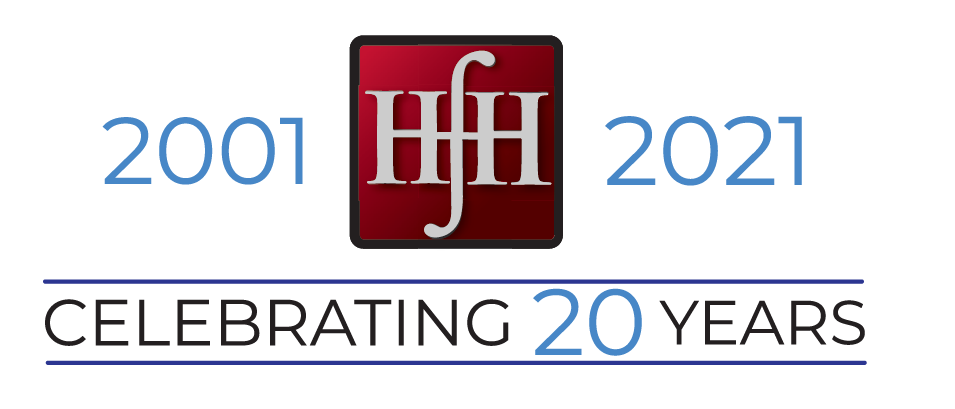by Karen Bertiger, Managing Director
As recruiters, it is our responsibility to ensure a fair interview and selection process; much of a company culture’s inclusion and diversity starts with recruiting, and we take this very seriously. We are proud that our data shows we are at or above industry standards for diverse placements. But we also understand we are still learning.
The concept of implicit bias, also called unconscious bias, was introduced by Mahzarin Banaji in the late 1990s and the research has been ongoing. Implicit bias refers to attitudes and beliefs that occur outside of our conscious awareness and control.
Some of what you’ll learn about implicit bias will likely be very surprising, which is an important point. We have to start by accepting that we don’t know what we don’t know and that at times this will be an uncomfortable journey.
From a recruiting standpoint, our opportunity to address how unconscious bias affects hiring practices and workforce equality begins as early as the job description. We want to ensure our descriptions are inclusive and will encourage all qualified individuals to engage.
Here are three broad topics to get you started on the learning curve:
AFFINITY
Affinity bias is the tendency to gravitate towards people who are like us, but not necessarily the best person for the job. It also has to do with assumptions by association. This Psychology Today article addresses our desire to belong, and how that plays out in the professional arena. For example, one association may be that if candidates have an Ivy League education they must be smarter and better at the job. By including this requirement in your job description you are limiting the performance of your organization, and discouraging the majority of qualified applicants. Avoid specifying things like “Top Tier school” or “top engineering university” – just list the degree the role requires.
Other affinity biases may be towards people who are involved in similar extra-curricular activities as you, such as sports or other personal hobbies. These topics wouldn’t be in a job description, but it’s something to keep in mind when reviewing candidates.
Try to focus on the accomplishments and experience of the candidate you want to attract, rather than peripheral material.
AGEISM
Ageism refers to the assumption that someone can or cannot do a job based on age. We don’t talk about this much, but we’re all aware of it. On LinkedIn professionals truncate their profiles and dates are left off education so assumptions aren’t made about ability. In your job description, it’s best not to limit experience under the qualifications. 5+ years is okay. 5-10 years is not because it implies ageism.
GENDER BIASED DESCRIPTORS
This is a big one to unpack. Research has identified certain descriptors that are perceived as masculine or feminine traits that may unconsciously affect a candidate’s interest in the role or company. It’s been found that gendered wording only impacts women and has little or no effect on men. The Women and Public Policy Program created by Harvard University is just one study that came to this conclusion.
Here is a broad list of these words. Some are pretty obvious while others will be surprising. LinkedIn helps boil this list down to the ones most often used in job descriptions and provides alternatives. I wouldn’t look at this as a list of “no-nos,” but something to be aware of when crafting your job description. Do your best to balance these terms; for help, you can run your job description through the Gender Decoder which identifies terms that may be discouraging to certain applicants.
We hope this introduction will encourage you to learn more. Keeping an open mind is the best way to start creating a more inclusive and equitable culture at your organization.



